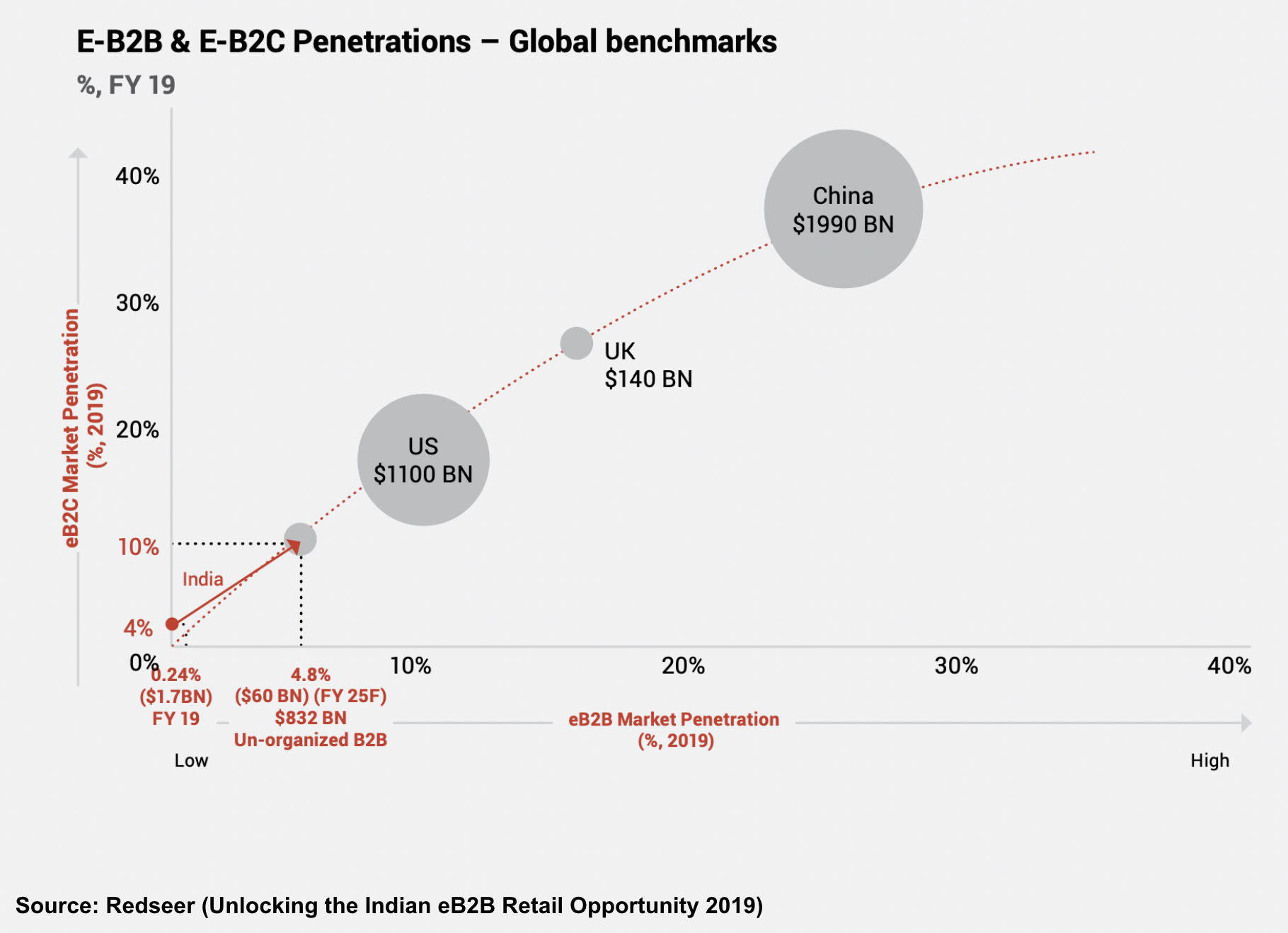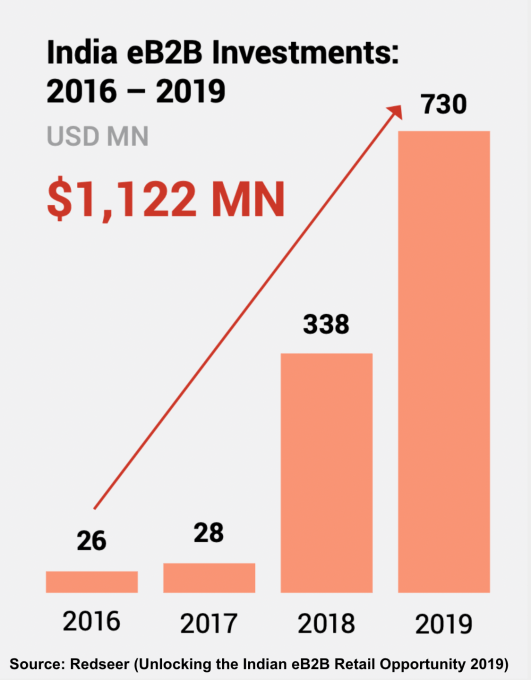We’ve been scouring the latest rumors and leaks and playing all of The Mamas and The Papas songs forward and backward to get the best possible picture of what we’re in store for with next Tuesday’s “California Streaming’” event.
The invites, which went out a week in advance, don’t appear to give the game away here. There was some extremely cool AR trickery, accessible through Safari on mobile, which could point to some fancy camera upgrades, though augmented reality has become a bit of a staple on these invites.
The California Streaming title, meanwhile, seems likely to be more of a nod to the all-virtual nature of the event, rather than anything to do with, say, Apple TV (of course, we’ve been one-more-thinged in the past). And as for that lovely shot of the Sierras — that could well be a nod to macOS, though the company has moved onto Monterey. It seems just as likely to be a reference to the aforementioned title.
The biggest, simplest and most important answer to the question of what to expect is a new iPhone. Last year’s models saw a notable delay due to COVID-19-related supply chain bottlenecking. Supply chain problems have persisted, of course, but by all accounts, the company appears to be back on track with its pre-pandemic release cycle.
The iPhone 12’s biggest upgrade was, of course, the long-awaited addition of 5G. That, coupled with the delay, led Apple to some pretty massive sales quarters amid a broader stalling of the overall mobile market. While other manufacturers have skipped the number out of superstitious concerns, Apple seems firmly on board with iPhone 13 (even as renders of its successor, the iPhone 14 have reportedly already leaked).

Image Credits: Getty Images / Qi Heng/VCG
Recent reports suggest that the iPhone 13 will arrive in four different configurations — much like its predecessor. So: the iPhone 13, 13 Mini, 13 Pro and 13 Pro Max. The screen sizes should remain the same: 5.4, 6.1 (x2) and 6.7 inches. A separate report, meanwhile, suggests that we’ll see additional colors, with the full lineup being black, white, blue, purple, pink (rather than green) and Product (Red). But, keep in mind that offering different color availabilities in different markets isn’t entirely out of the question.
Unsurprisingly, camera upgrades appear to be the biggest news here. Word from analyst Ming-Chi Kuo is that last year’s Pro Max model specs will graduate to the rest of the line (including, potentially, lidar). A ProRes video mode is said to be following the addition of ProRAW to further advance the handset’s bonafides as a semi-pro video shooting rig. Cinematic Video, meanwhile, is said to bring a Portrait-mode-style effect to video. Kuo has also suggested that the devices will be getting a feature based on the Qualcomm X60 that allows for emergency satellite calls — reportedly only available in select markets.
Of course, the phone will also be getting Apple’s latest chip, the A15, said to be coupled with 120 Hz ProMotion display. Apple could also be bringing an always-on feature to the screen, hopefully with minimal impact on battery life. Looks-wise we anticipate it will be more or less the same as its predecessor, albeit with a somewhat smaller camera notch up front — though not to the point of the fake Ted Lasso iPhone. The camera bump around back, meanwhile, is said to be getting larger, perhaps offering an improved telephoto lens.
Oh, and apparently they’ll be more expensive than the iPhone 12 — clearly not one of the new features Apple is going to be actively promoting.

Image Credits: Apple
The Apple Watch 7 seems destined to be the other big news of the event. Apple’s massively popular wearable is reportedly set to get more massive, with a larger display, resulting in a slightly larger case size, from 40 mm and 44 mm to 41 mm and 45 mm. The overall size won’t be too large a change, however, as the company is said to be reducing its bezels this go-round.
Perhaps the most exciting rumor around the Watch is the addition of significant battery life. That’s long felt like a blind spot for the product, compared to competing smartwatches — particularly after Apple significantly improved sleep tracking. Most aren’t anticipating major new health features for the Watch this outing, which is a bit of a surprise here, given that health and fitness have been a major cornerstone for Apple.

Image Credits: TechCrunch
AirPods 3 seem like a reasonably good bet. The latest version of the company’s entry-level earbuds (and their case) are said to be getting a more Pro-style redesign, along with a new chip that’s designed to improve battery life. Active noise cancelation and replaceable tips are apparently not going to make an appearance to maintain the distinction between the two models.
With the company’s rangewide upgrade to its own silicon chugging along, don’t be surprised if we see a number of new Macs. Rumors suggest a new MacBook Pro, Mac Mini and a larger, 27-inch version of its ARM-powered iMac.
The event kicks off Tuesday, September 14 at 10 a.m. PDT/1 p.m. EDT. We’ll be here, bringing you the news as it arrives.














